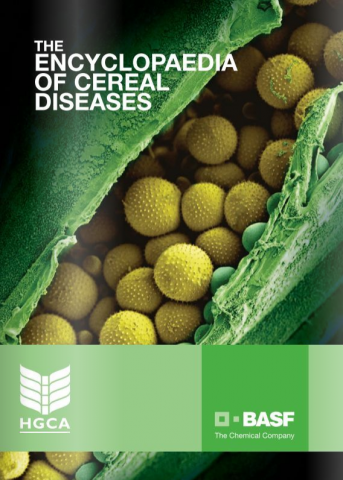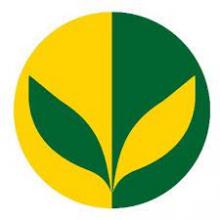Written by Clare Kelly, Bill Clark, Graham Jellis and Rosie Bryson

Guide published by BASF and AHDB, written with ADAS & Rothamsted, providing a complete reference book for cereal diseases.
Recommended Content
Connected Content
ADAS provides ideas, specialist knowledge and solutions to secure our food and enhance the environment. We understand food production and the challenges and opportunities faced by organisations operating in the natural environment
Integrated Pest Management (IPM) is based on a diversity of pest management measures (prevention, non-chemical control, best practices for optimizing pesticide efficiency, etc.). These are combined at the farm level to enable reduced reliance on pesticides, and therefore a decrease in the exposure of the environment and people to pesticides.
We deliver transformational projects to drive productivity and boost farming and supply chain businesses. We want the industry to thrive in a rapidly changing world and continue to produce high quality food, maintain our beautiful landscape and leave a legacy for generations to come.
Puccinia triticina is specific to wheat. Other pathotypes can affect barley, rye and triticale.
Rothamsted Research is a world-leading, non-profit research centre that focuses on strategic agricultural science to the benefit of farmers and society worldwide.
Commonly known as Septoria or Septoria leaf blotch, this is the most damaging foliar disease in the UK for Winter Wheat. With a carefully constructed fungicide programme and use of Integrated Pest Management (IPM), disease pressure can be managed and losses greatly reduced.
Yellow rust is an important economic disease of wheat. Often occurring more in the east of the UK and areas with mild winters and cool, damp summer weather. A good selection of resistant varieties and well-timed chemical applications can provide effective control of the disease and minimise losses.
Diseases infect susceptible plant hosts, where environmental conditions favor disease development. Infected crops achieve lower yields and the quality of the produce can also be affected.
Cereal diseases affecting wheat, barley, oats, rye, triticale and maize can be caused by a variety of factors, including fungal, bacterial or viral infections, pests and insects, and environmental stress.
Ramularia (Ramularia collo-cygni) is a disease that affects only winter and spring barley.
Ergot is a fungus that grows on rye, triticale, wheat and barley, and to a lesser extent, oats. It also affects a wide range of grasses, particularly blackgrass. Although the disease has a relatively small effect on yield, ergots contain large amounts of toxic alkaloids that can pose a pose a risk to animal and human health.





